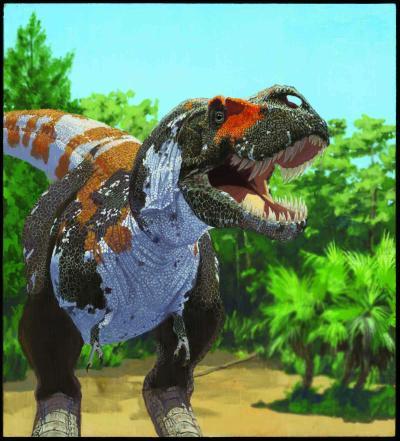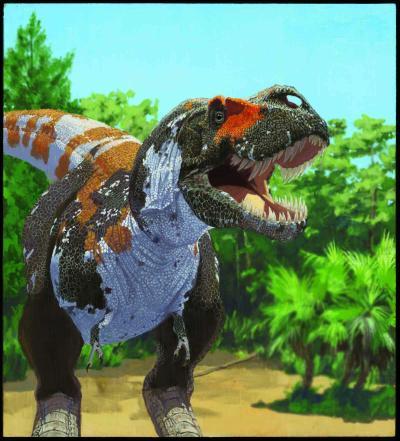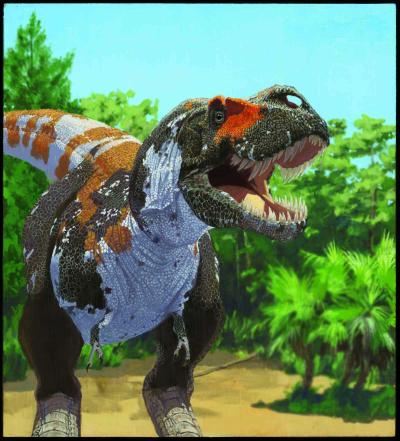Various large herbivorous dinosaurs were already on their way out before the alleged asteroid strike that ended the dinosaur age about 65.5 million years ago, according to a new international study.
Led by the American Museum of Natural History, a team of researchers investigated Late Cretaceous extinctions in several dinosaur groups from the perspective of body structure variation or morphological disparity.
“Did sudden volcanic eruptions or an asteroid impact strike down dinosaurs during their prime?” asked study lead author Steve Brusatte from Columbia University in a press release.
“We found that it was probably much more complex than that, and maybe not the sudden catastrophe that is often portrayed.”
Previously, similar studies have estimated changes in species numbers, but the fossil record can be misleading.
“In places where more rock and fossils were formed, like in America’s Great Plains, you'll find more species,” Brusatte explained. “We wanted to go beyond a simple species count for this study.”
The team looked at seven groups of dinosaurs covering almost 150 species. They found that large, non-selective herbivorous feeders like ceratopsids and hadrosaurs may have undergone a biodiversity decline in the final 12 million years of the Cretaceous.
Meanwhile, three types of dinosaurs showed little change in biodiversity or even a small increase, namely some carnivores (coelurosaurs and tyrannosaurs), some small herbivores (ankylosaurs and pachycephalosaurs), and giant herbivores like sauropods, which only had basic chewing abilities.
However, geographic location was a complicating factor as the massive hadrosaurs demonstrated variable disparity according to location–North American biodiversity decreased while in Asia it may have increased.
“These disparity calculations paint a more nuanced picture of the final 12 million years of dinosaur history,” Brusatte said. “Contrary to how things are often perceived, the Late Cretaceous wasn’t a static ‘lost world’ that was violently interrupted by an asteroid impact.”
“Some dinosaurs were undergoing dramatic changes during this time, and the large herbivores seem to have been mired in a long-term decline, at least in North America.”
The scientists believe that the fossil record in North America may not be indicative of any global patterns due to extreme geological changes that occurred there compared with other continents.
Furthermore, it is unknown whether dinosaurs already on the decline would have persisted in the absence of an asteroid collision.
“Even if the disparity of some dinosaur clades or regional faunas were in decline, this does not automatically mean that dinosaurs were doomed to extinction,” concluded Mark Norell, chair of the Museum’s Division of Paleontology, in the release.
“Dinosaur diversity fluctuated throughout the Mesozoic, and small increases or decreases between two or three time intervals may not be noteworthy within the context of the entire 150-million-year history of the group.”
The study was published in Nature Communications on May 1.






